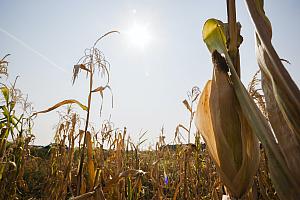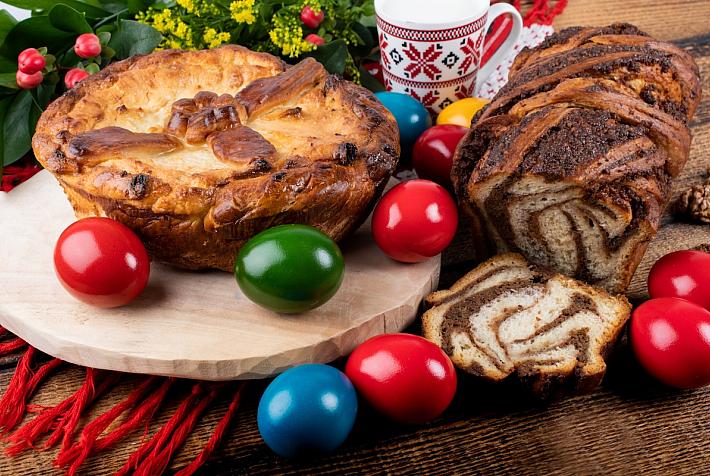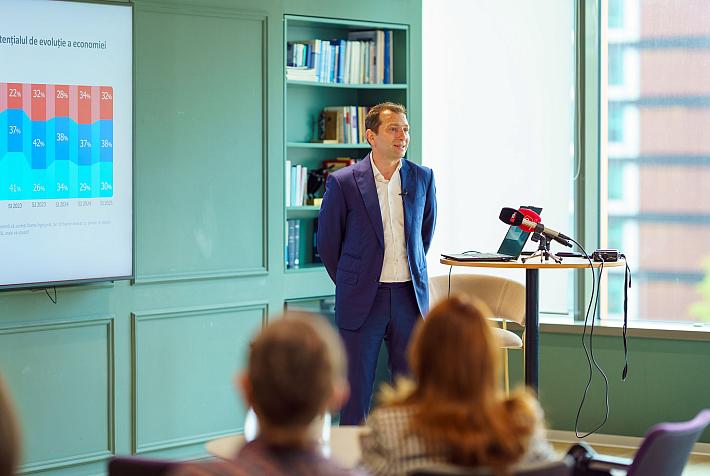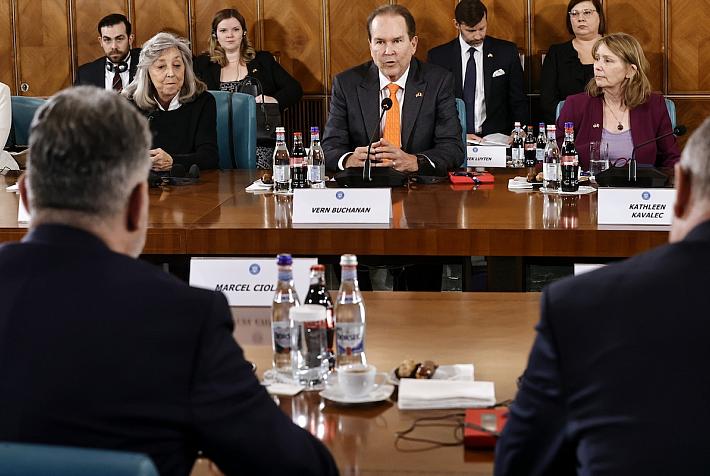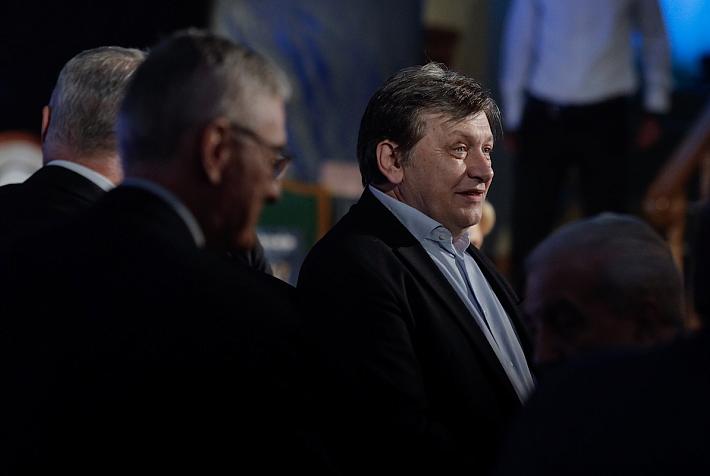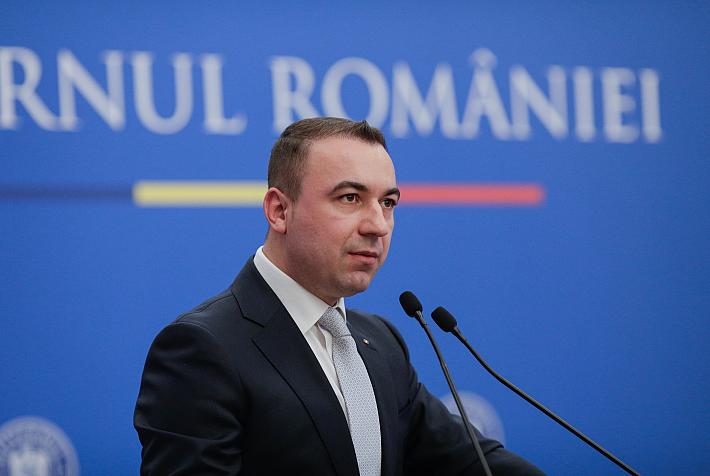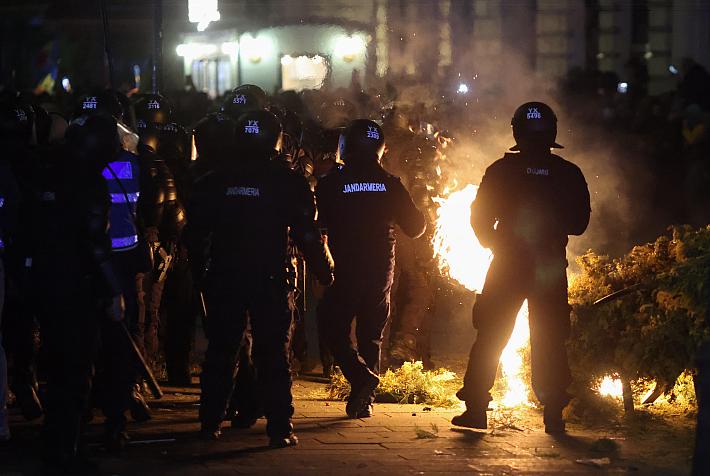Romanian farmland prices surge by up to 40% in the last decade, NAI Romania reports

Farmland prices in Romania have seen a sharp increase over the past decade, with some regions experiencing rises of up to 40%, according to a new report by Appraisal & Valuation SA (BVB: APP), the company behind the NAI Romania & Moldova brand. Driven by strong investor interest, infrastructure improvements, and rising demand for agricultural exports, the average price per hectare has surged, particularly in areas close to major cities.
The most significant growth has been in the Bucharest-Ilfov region, where the average price per hectare has reached EUR 12,000, marking a 40% jump since 2015. Proximity to Romania’s capital and high investor demand have made Bucharest-Ilfov the priciest agricultural region in the country. This is also due to the fact that many investors decide to use the land for real estate projects, particularly in the booming logistics and industrial segment.
In comparison, prices in the North-East and North-West regions remain more affordable, averaging EUR 7,000 and EUR 7,600 per hectare, respectively, but have still seen an increase of 25-30% over the same period.
“Romania’s agricultural land market has become highly competitive, reflecting both local and foreign investor interest, particularly in high-value crops and specialized agriculture,” said Andrei Botiș, CEO of Appraisal & Valuation SA. “While Romanian farmland remains cheaper than the European average of EUR 10,578 per hectare, the quality and strategic location of many plots suggest prices will continue to rise.”
Investors are flocking to Romania’s farmland market not only for traditional crops like wheat and corn but also for specialized agriculture, including vineyards, fruit orchards, and vegetable cultivation. Improvements in agricultural infrastructure, including irrigation projects, have further boosted interest in regions like the South-East and South-West, where prices now average EUR 8,100 per hectare, up about 35% from 2015.
The report highlights that demand for export-oriented agriculture has intensified, particularly in areas with strong logistical connections, such as Western Romania and regions near Bucharest. This surge in demand has made farmland a strategic asset, as Romania continues to strengthen its role in European agricultural exports.
However, not all land is equally productive. According to Botiș, “there are still areas with low productivity, where prices are much lower, sometimes as low as EUR 2,000-3,000 per hectare.” While these lands are less appealing due to poor yields, high-quality plots near infrastructure projects are maintaining a competitive market outlook.
As Romania advances in road infrastructure and irrigation development, regions previously overlooked may become attractive investment hotspots, supporting further growth in farmland values across the country.
editor@romania-insider.com
(Photo source: NAI Romania)






